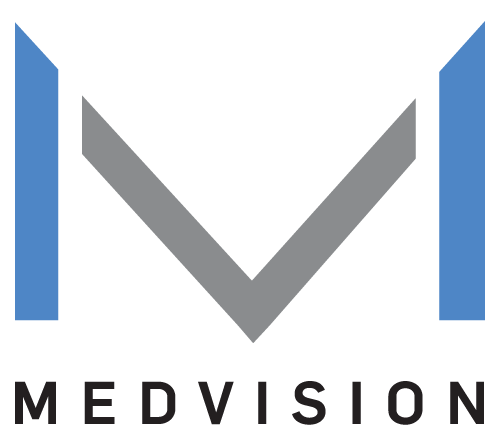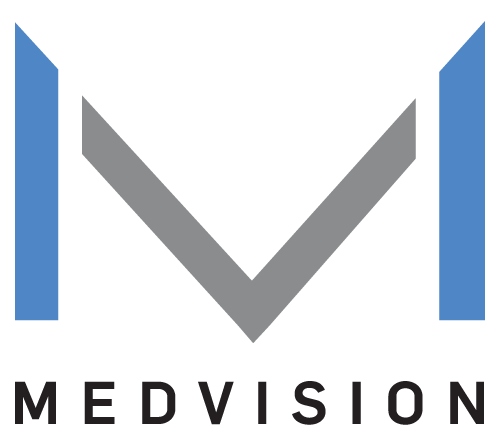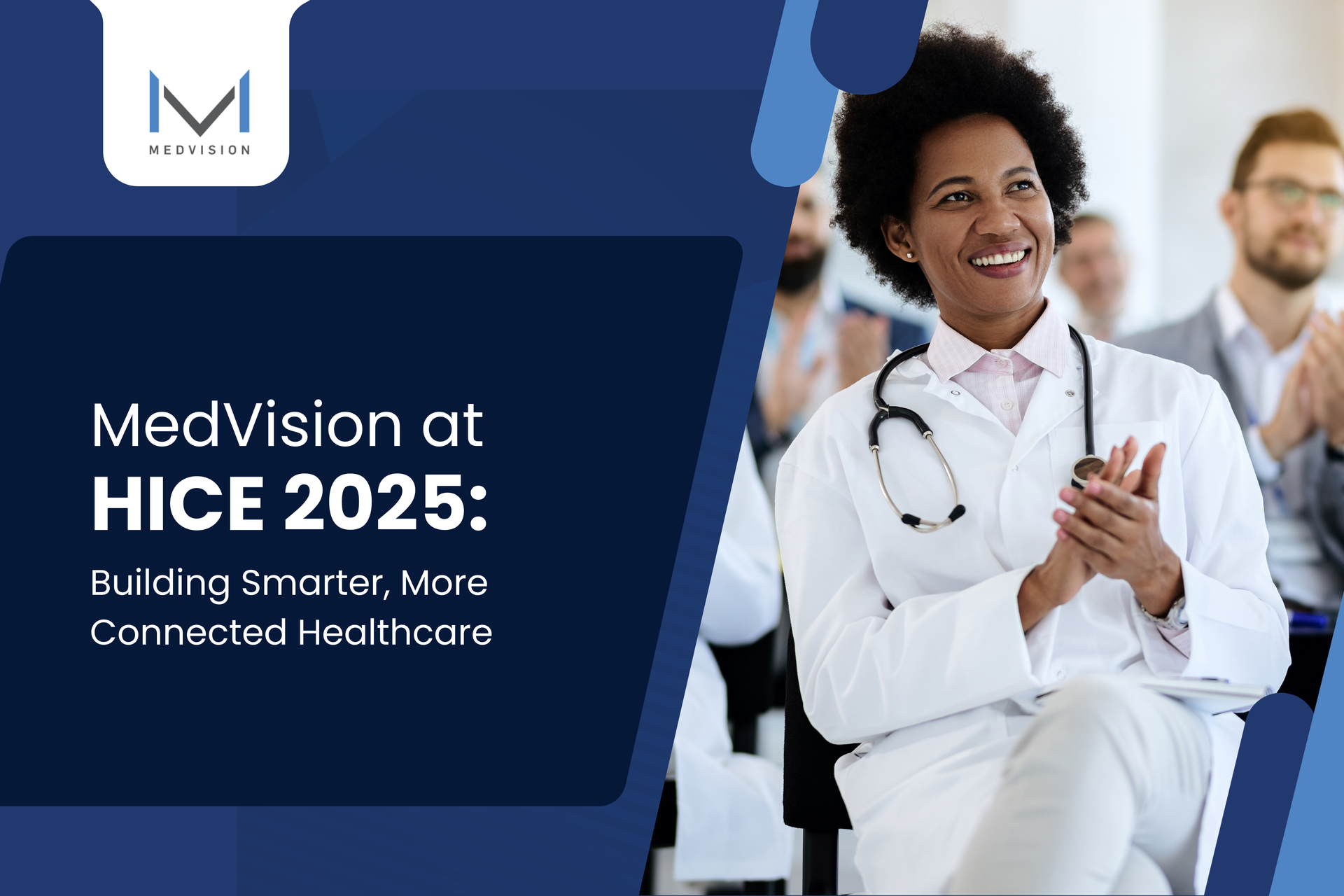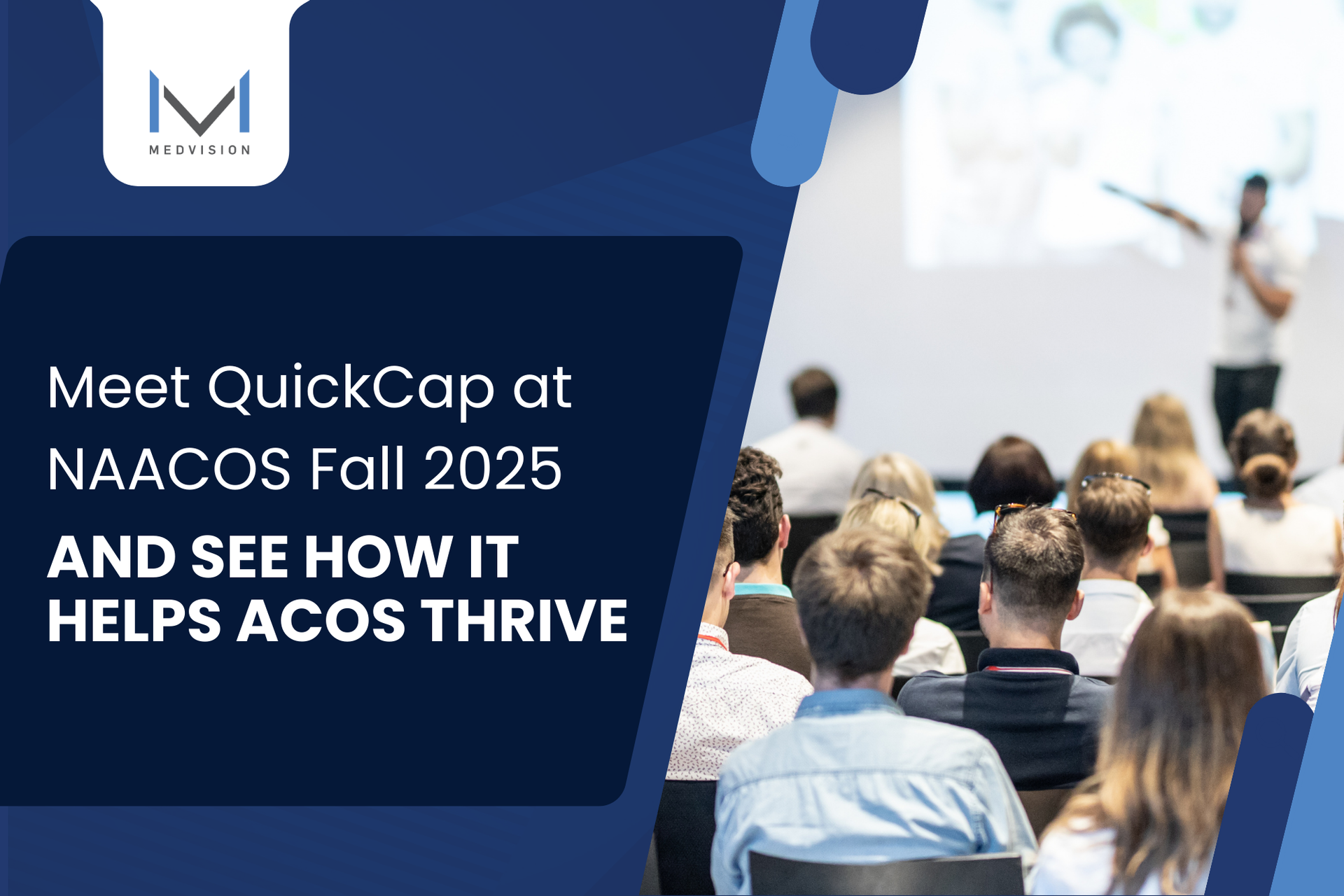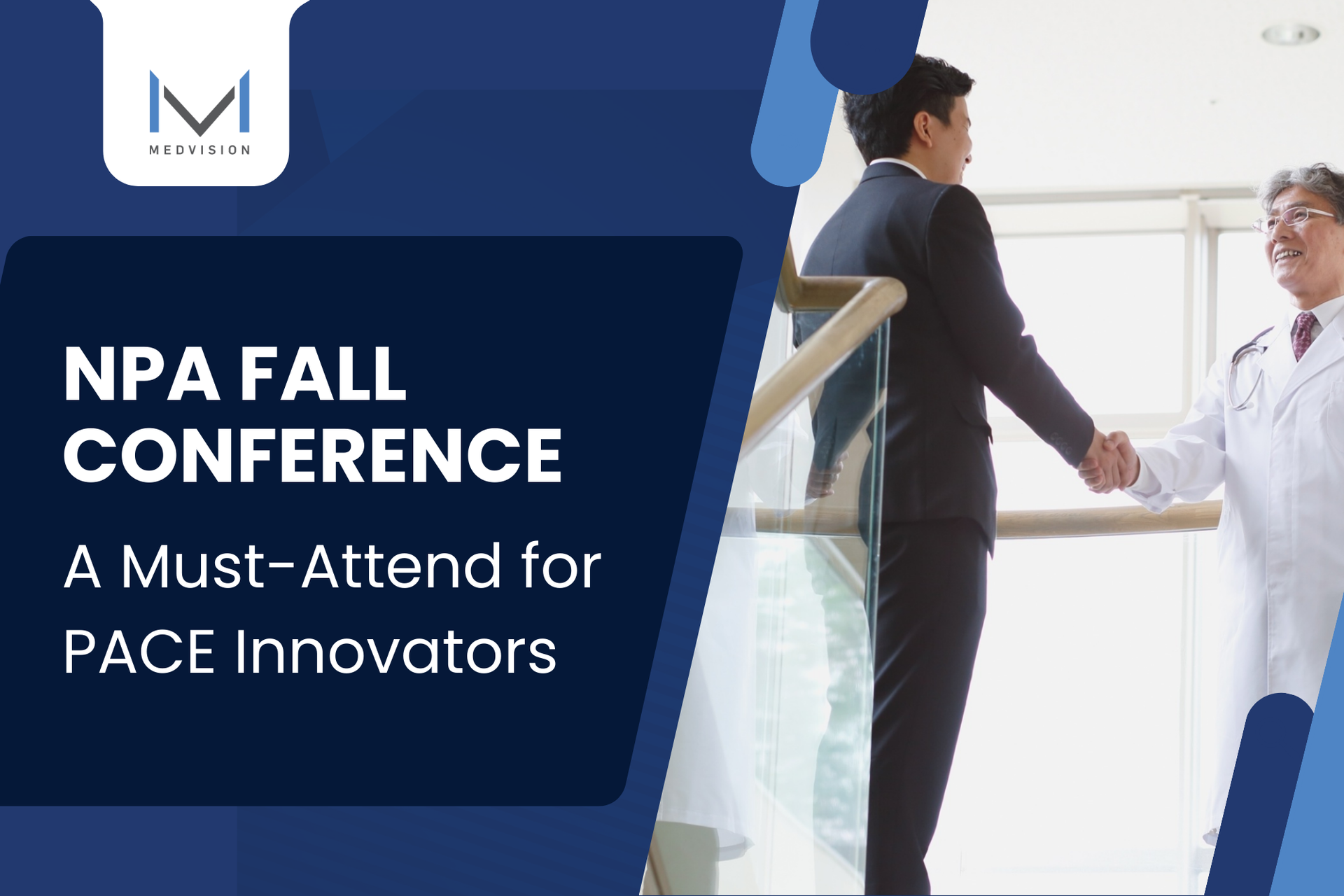Audit Software vs. Manual Auditing
Companies, organizations, and businesses have been doing manual auditing since the start of, well, businesses. Auditing helps you track the status of your business operations, like overseeing your finances or tracking your available products. To put it simply, you won’t really know how your business is doing if you don’t practice auditing. But with all the data that you have to deal with these days, can manual auditing still keep up? Or maybe you need an audit software to make things easier?
The application of advanced technology in business is rapidly becoming a necessity for companies of all sizes. In fact, a
study by the World Economic Forum (WEF) predicts that 62 percent of an organization’s data storage and processes will be accomplished by computers by the year 2022. So you should expect to see more apps and software that are designed to handle business workflows like auditing. However, is auditing software really better than manual auditing?
Organizations that operate within the healthcare industry have tight standards and regulations to comply. As a result, medical facilities and even payer organizations need to have a reliable auditing system. Now, we all know how important auditing is and how companies practice it. However, the real question is do you need an audit software, or is manual auditing enough?
1. Reduce Paperwork
You can have in-house audits or have auditors visit your operations, either way, auditing takes up time and generates paperwork. You can audit if you can’t see your data. And when you audit your data manually, you’ll need to print out and dig through piles of reports. So unless you have an audit software, you’re going to spend lots of resources on manual audit work.
As good as an audit software may sound, it’s not going to completely remove paperwork from the picture. In fact, despite our technological advancements, organizations still need some degree of paperwork to operate properly. However, when you have an audit software, you can significantly reduce the amount of paperwork in your company.
2. Save Time
With manual auditing, you need an on-site auditor who checks the facility and fills out stacks of paperwork. Additionally, the auditor has to go back to the office and type in more paperwork as reports. As a result, you end up with redundant workloads that take up lots of time. Auditing needs a lot of work and preparation. Which includes looking for relevant paperwork and reviewing lots of information to minimize any nonconformance issues. Which also takes up a lot of man-hours.
However, if you have the right audit software, you can easily collect evidence and answer surveys immediately. Specifically for the healthcare industry, organizations can use integrated software like QuickCap 7 for audits and more. With an integrated software, organizations can work on their daily process and track their data with a single software. Additionally, advanced audit software tools allow you to download and upload auditing files with ease. So you can simply download your files, work offline, add important details, and then upload the file when it’s ready. As a result, you get a simpler auditing process that doesn’t take up too much time.
3. Accurate Data
When you practice manual auditing, you’ll need more time and manpower to do all the research and paperwork. Additionally, handling more and more paperwork means increasing the chances of human error. Which is not good when we talk about finance and compliance auditing. In fact, you even have the risk of unintentionally losing information during your auditing. However, with an audit software, you can significantly improve your efficiency and data accuracy.
When you have a management software like QuickCap 7, you’ll have lots of useful features including tools for auditing. When you have an auditing software, you can track your information in real time and instantly save any crucial evidence. Additionally, you can easily upload supporting documents like document files, images, videos, and even audio clips. That’s a lot more information compared to paperwork auditing, right? Finally, the ability to attach accurate evidence means that you have more transparent information for nonconformance situations. As a result, you’ll also avoid wasting time on tedious notes whenever there’s an issue.
4. More Information
More manual work means more human errors like forgetting a certain file or simply an imprecise paper trail. And when it comes to compliance auditing, you don’t want to miss out on certain information. Especially when a large majority of your data is crucial for your audits. In fact, whenever mistakes happen, your auditor has to put in extra time and effort on your audit trails. That’s a lot of work that you could avoid when you have an audit software. Due to deadlines and paperwork, your auditor can easily miss some crucial audit information. Which could lead to missed nonconformance details that could escalate to business risks and costs.
When you have an audit software, you won’t have to worry about time and paperwork. Your software can help auditors gather the data that they need and analyze them with precision. When everything you need is neatly organized and readily available, you get faster audits with more vital information. In fact, you can even add documents, images, audio recordings, and videos for a more detailed report.
According to an Internal Auditor article, a CBOK research of 14,500 participants was conducted to provide the perspectives of audit practitioners and academic researchers about internal auditing. The study showed that almost half of the respondents point out that internal audit provides assurance on risk management as a whole. Which means that auditing plays a key role in how an organization manages its risks.
Sometimes, people’s perspective on nonconformance may be subjective. In fact, proving nonconformances is hard when you only have your auditor’s notes for reference and confirmation. That’s why an audit management system can ensure the validity of your compliance audits. With the right software, you can easily gather information and instantly upload the right evidence to ensure accurate results. With software like QuickCap, you have all your data and auditing tools in one system. As a result, you avoid any bias or human errors that may occur with manual auditing. Let the numbers speak for themselves and let accurate analytics ensure your compliance audits.
Additionally, paper trails often lead to misplaced or lost files that puts your company at nonconformance risks. Which could ultimately lead to audit failures. And in the healthcare environment where regulations are prominent, any time you spend on issues can lead to unwanted expenses. However, when you have a software like QuickCap, you can easily schedule and track your internal audits with ease. In fact, most auditing software allows you to automate certain aspects of your workflow. You may even configure the system to alert you for certain risks or findings. Finally, an audit software can help you watch over your company standards, regulation compliances, and overall quality. The software also ensures that you have extensive audit trails for compliance investigations.
QuickCap Built-In Audit Software
QuickCap is a comprehensive management software that has the right tools for processing healthcare information like authorization verification, claims billing, EDI transactions, and more. Additionally, QuickCap’s integrated system means that you can internally audit all of your data in one system.
With QuickCap’s auditing features, you can:
- Minimize the time you spend on manual audits
- Gather more information for audit trails
- Avoid paper trails with electronic data
- Simplify your auditing needs
- Do more extensive auditing work
With QuickCap, you can put everything you need in one system so you can avoid unnecessary paperwork and secure all your business data. Improve your internal audit and workflow and learn more about the auditing features of MedVision.


